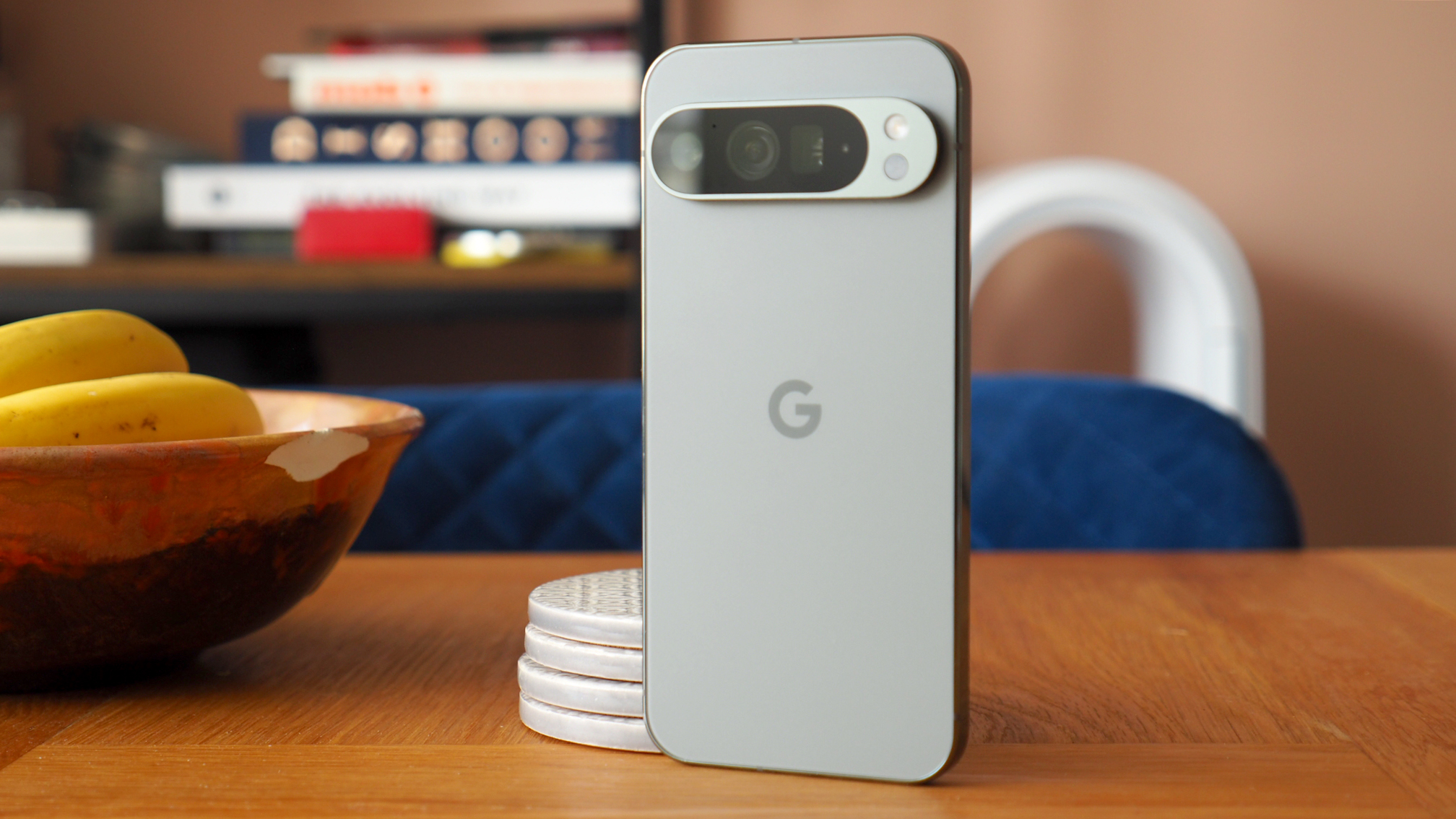
(Image credit: Future / Mike Lowe)
Google's next hardware event is expected on 20 August, with the Pixel 10 Pro being the star of the show for many buyers. There could be some disappointment, however, if you're expecting a big hardware bump.
The changes are likely to come in the hardware powering the phone, predictably moving to the Tensor G5, following the trend of recent Google devices. There's also going to be a slight shuffling around of storage options, with the Pixel 10 Pro XL likely to drop the 128GB option, creating a slightly higher starting price.
The details, thanks to Android Headlines, go on to suggest that changes elsewhere are minimal. The phones keep the 6.3 or 6.8-inch displays, which are still LTPO AMOLED with variable 1-120Hz refresh rates and 3,000 nits peak brightness.
The camera hardware is much the same too, sticking to the 50-megapixel main camera, 48-megapixel ultrawide and 48-megapixel 5x telephoto camera. The difference, according to the rumours is that both the ultrawide and telephoto lens will offer macro modes this year, with the ultrawide offering much closer focusing thanks to the lens design.
The good news is that the Pixel 10 Pro XL will have the largest battery ever for a Pixel phone, jumping to 5,200mAh, while the Pixel 10 Pro gets a 4,870mAh cell. There will be support for charging speeds up to 39W on the XL, which is a respectable bump, but still some way short of the competition.
The Pixel 10 Pro is also said to have a larger vapour chamber for cooling, something that the vanilla Pixel 10 will miss out on. That might explain why the Pixel 10 gets a larger overall bump in battery capacity – because there's more space.
So what will change with the Pixel 10 Pro?
Google changed the design for the Pixel 9 in 2024, moving from the camera bar to a more distinct camera island. While the overall design is still recognisable as a Pixel phone, it's a higher quality than it was before. Sticking to the design isn't a bad thing, as it's a great design, that I think still stands up well.
The focus, moreover, is likely to be on software. Not only will these phones launch with Android 16, but they'll likely debut Android's new design language, Material 3 Expressive.
While that's just surface-level tinkering, I'm expecting Google to continue its drive towards a more integrated AI-powered user experience. So far, Google's AI efforts on its phones have been rather predictable and have stopped short of actually being useful.
Hopefully, with the advent of the Pixel 10 Pro, that will change.

-
 C114 Communication Network
C114 Communication Network -
 Communication Home
Communication Home


